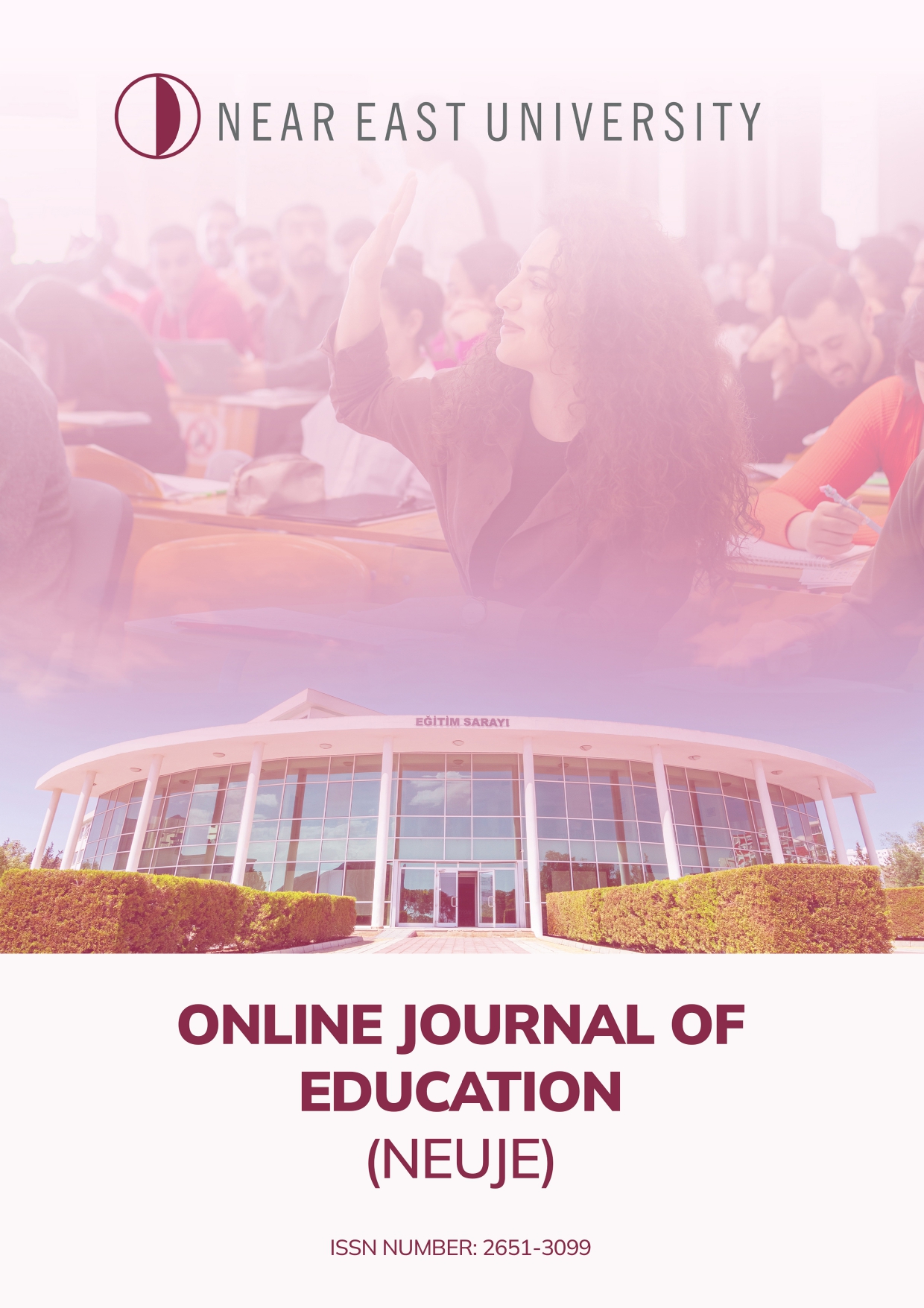THE (MIS)MATCH BETWEEN STUDENTS’ AND TEACHERS’ PREFERENCES OF CORRECTIVE FEEDBACK
DOI:
https://doi.org/10.32955/neuje.v2i1.128Keywords:
Keywords: Corrective feedback; corrective feedback preferences; EFL classesAbstract
The current study examined the preferences of different corrective feedback types in adult EFL classes by teachers and students and figured out the possible reasons of their preferences. Teacher and student questionnaires and the open-ended questions were the instruments used in this study to collect data. The analysis of the questionnaires showed that the most preferred type of feedback was recast “which is a technique used in language teaching to correct learners' errors in such a way that communication is not obstructed” (“Recast”, 2019). Students also stated that they liked to be corrected immediately and explicitly during their conversations while the teachers strongly disagreed with it. Finally, open-ended questions also revealed the reasons of the students’ preferences of the type of the feedback in EFL classes.
Keywords: Corrective feedback; corrective feedback preferences; EFL classes
References
Ellis, R. (2007). Conversational Interaction in Second Language Acquisition: a Collection of Empirical Studies. Oxford University Press, Oxford, pp. 407e452.
Ellis, R. (2009). Corrective feedback and teacher development. L2 Journal 1, 3e18.
Han, J., Jung, J. (2007). Patterns and preferences of corrective feedback and learner repair. Korean Journal of Applied Linguistics 23, 243e260.
Kim, J.H. (2004). Issues of corrective feedback in second language acquisition. Teachers College, Columbia University Working Papers in TESOL & Applied Linguistics 4, 1e24.
Long, M. (1996). The role of the linguistic environment in second language acquisition. In W. Ritchie & T. Bhatia (Eds.), Handbook of second language acquisition (pp. 413-468). San Diago, CA: Academic Press.
Lyster, R. (1998). Recasts, repetition, and ambiguity in L2 classroom discourse. Studies in Second Language Acquisition, 20, 51-81.
Lyster, R., & Ranta, L. (1997). Corrective feedback and learner uptake: Negotiation of form in communicative classrooms. Studies in Second Language Acquisition, 19, 37-66.
Nicolas, H., Lightbown, P. M., & Spada, N. (2001). Recasts as feedback to language learners. Language Learning. 51(4), 719-758.
Panova, I., & Lyster, R. (2002). Patterns of corrective feedback and uptake in an adult ESL classroom. TESOL Quarterly 36(4), 573-595.
Sheen, Y. (2004). Corrective feedback and learner uptake in communicative classrooms across instructional settings. Language Teaching Research 8, 263e300.
Sheen, Y. (2007). The effects of corrective feedback, language aptitude and learner attitudes on the acquisition of English articles. In: Mackey, A. (Ed.), Conversational Interaction in Second Language Acquisition: A Collection of Empirical Studies. Oxford University
Yamamoto, S. (2003). Can corrective feedback bring about substantial changes in the learner inter-language system? Columbia University Working Papers in TESOL & Applied Linguistics 3, 1e9.
Yang, Y., Lyster, R. (2010). Effects of form-focused practice and feedback on Chinese EFL learners’ acquisition of regular and irregular past tense forms. Studies in Second Language Acquisition 32, 235e263.
Yoshida, R. (2008). Teachers’ choice and learners’ preference of corrective feedback types. Language Awareness 17, 78e93.
Downloads
Published
How to Cite
Issue
Section
License
Authors who publish with this journal agree to the following terms:





